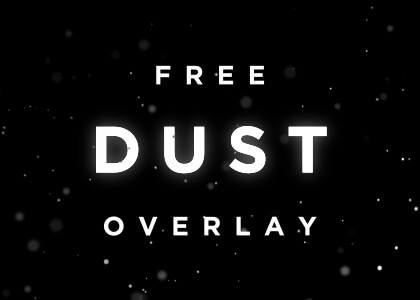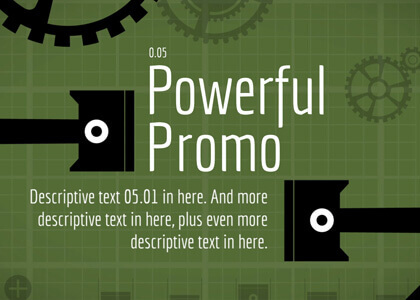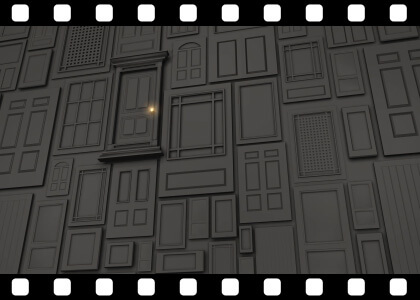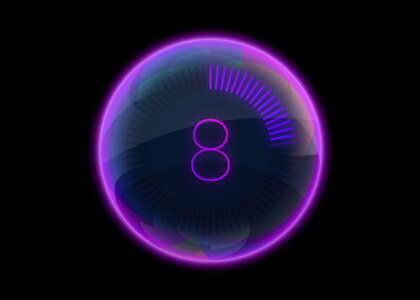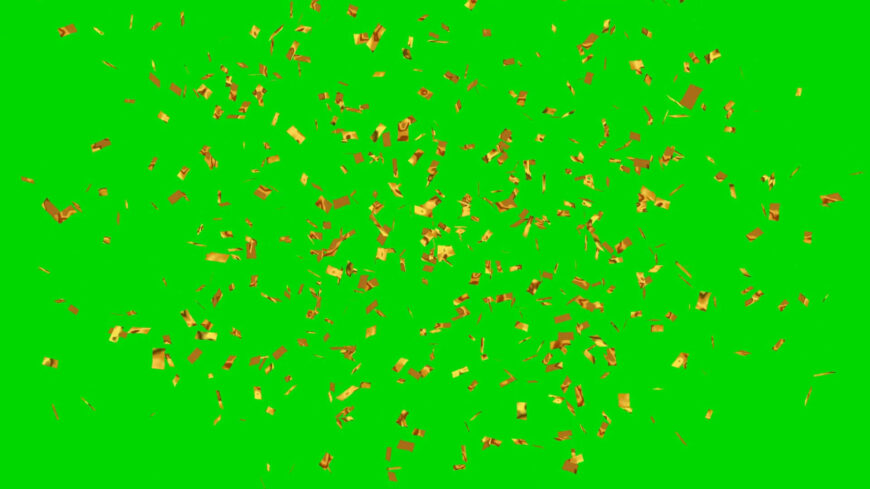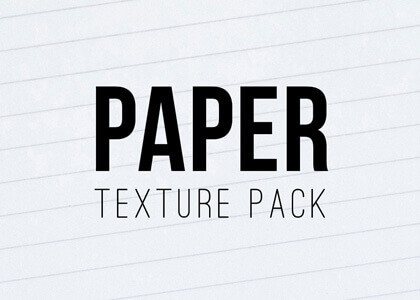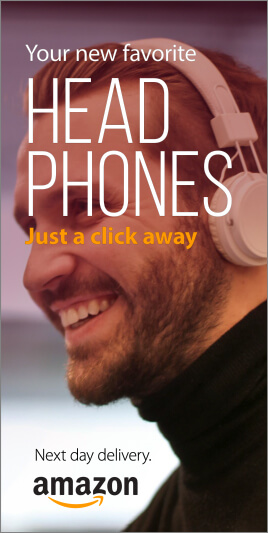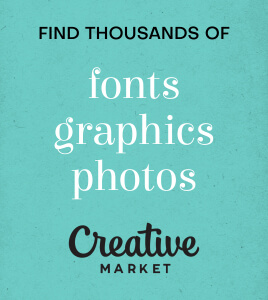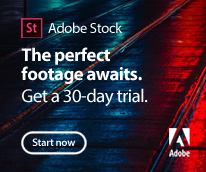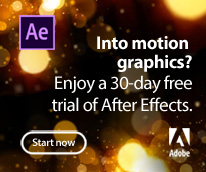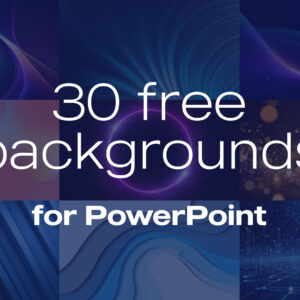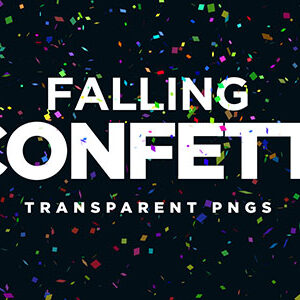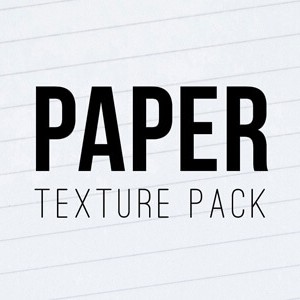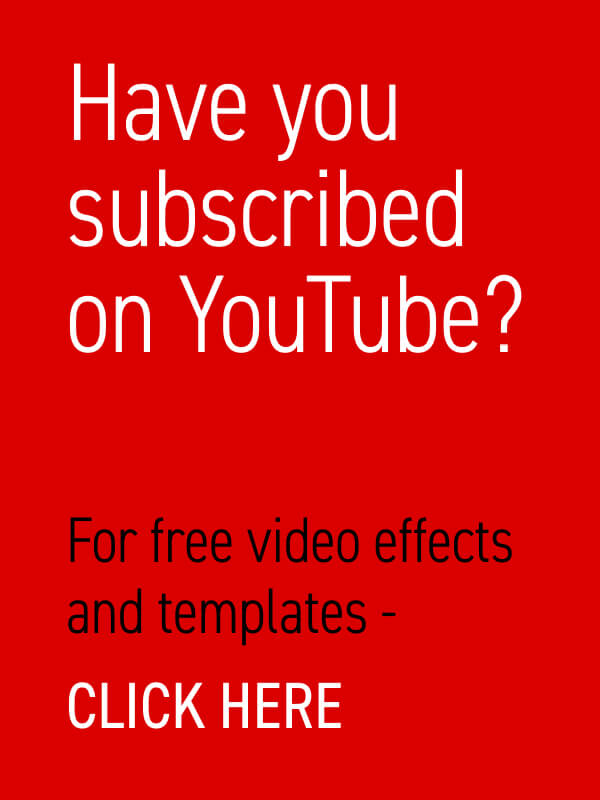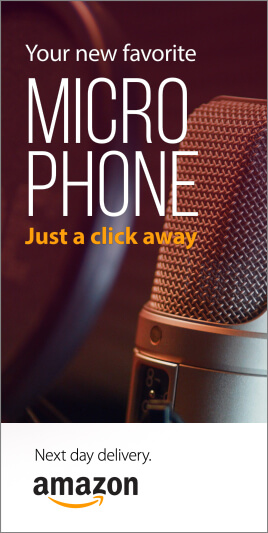Storyboard Templates – Free Document Pack
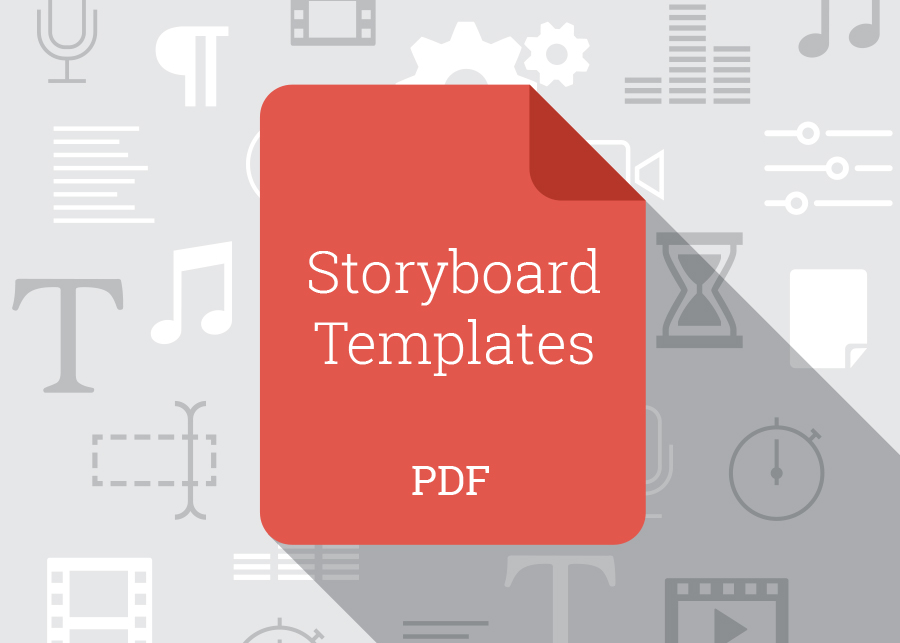
Free Storyboard Templates – What’s Included
A set of four printable storyboard templates for your video or animation production. Free to download. Simply print off multiple copies as handy pre-production documents.
Documents are A4-sized PDF files and include both simple and detailed storyboard designs, in portrait and landscape orientation.
Software Requirements
These are standard PDF files and can be opened with Acrobat Reader
What are Storyboards?
Creating video and animation is a lengthy process so getting your visual ideas down at the start helps enormously. This is where storyboarding can keep you on track.
Storyboards are a series of still frames, displayed as a grid, which represent a moving sequence. Typically storyboards are used in film and video production and for animated sequences, and are created in the pre-production stage – before any filming or animation has begun. The frames show a still image of each key shot in the order they will be seen in the final edited sequence. Storyboard frames are often hand-drawn and annotated and, despite their sometimes rudimentary rendering, can become integral to production discussions.
The benefits of creating storyboards :
- Planning your production shot-by-shot keeps costs down
- Share your visual ideas with other members of the production team
- Get early sign-off from your client, before any expensive production work begins
- An invaluable plan-of-action to refer to at each stage of the production process
- The ability to perform a risk assessment to spot potential issues
Whatever your production, and however short the duration, you’ll find storyboarding a creative and rewarding part of the video production process.
Some more storyboarding tips :
- Don’t get too hung up on your lack of drawing skills! storyboards can be as simple or as detailed as necessary – plus, you can even use images found on the internet to show off your shot angles or camera blocking.
- Remember to match eyelines – if you’re drawing people, stick figures or not, it’s handy to draw a few lines on the face to represent eye direction (a large cross will do), especially if the character is looking at something out of the frame. Your editor will thank you for this!
- Describe the camera settings – from extreme close-up to widescreen it’s important to know how the frame will be cropped. This includes camera angles, too. We’ll hopefully be creating a blog post on camera framing very soon! Your camera operator will thank you for this!
- Describe the lighting – day or night, interior or exterior – these environmental choices might not be obvious on simple drawings so jot them down in the description. It’s important to know whether you’re going to need additional lighting beforehand!
- Don’t forget the sound – storyboards are perfect for pre-visualizing video but don’t forget to reference the audio. Is there dialogue, a voice-over, music, SFX – even ambient noise?
- Make it self-evident – imagine handing your finished storyboard to someone who has no knowledge of the production – would it all make sense, without explanation?
Oh, and have fun! Storyboarding should be an enjoyable and exciting start to your production journey, and provides a vital learning experience for the language of filmmaking.
Happy storyboarding!
Need Physical Storyboarding Notebooks?
We’ve produced two professionally annotated 16:9 storyboard notebooks available from Amazon!
Terms of Use
We only ask that you credit the Enchanted Media website and do not provide the file for download anywhere else. Our files are copyright free for broadcast, motion picture and for online commercial use – such as monetized YouTube.


